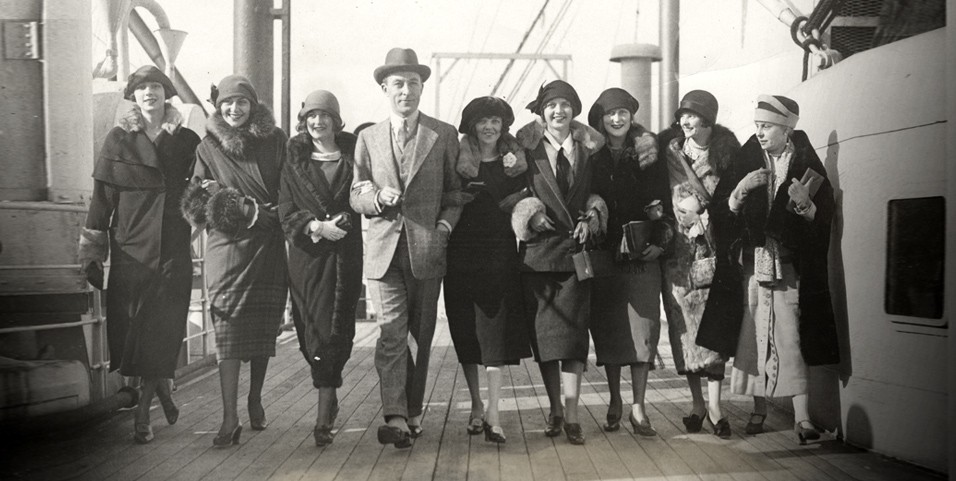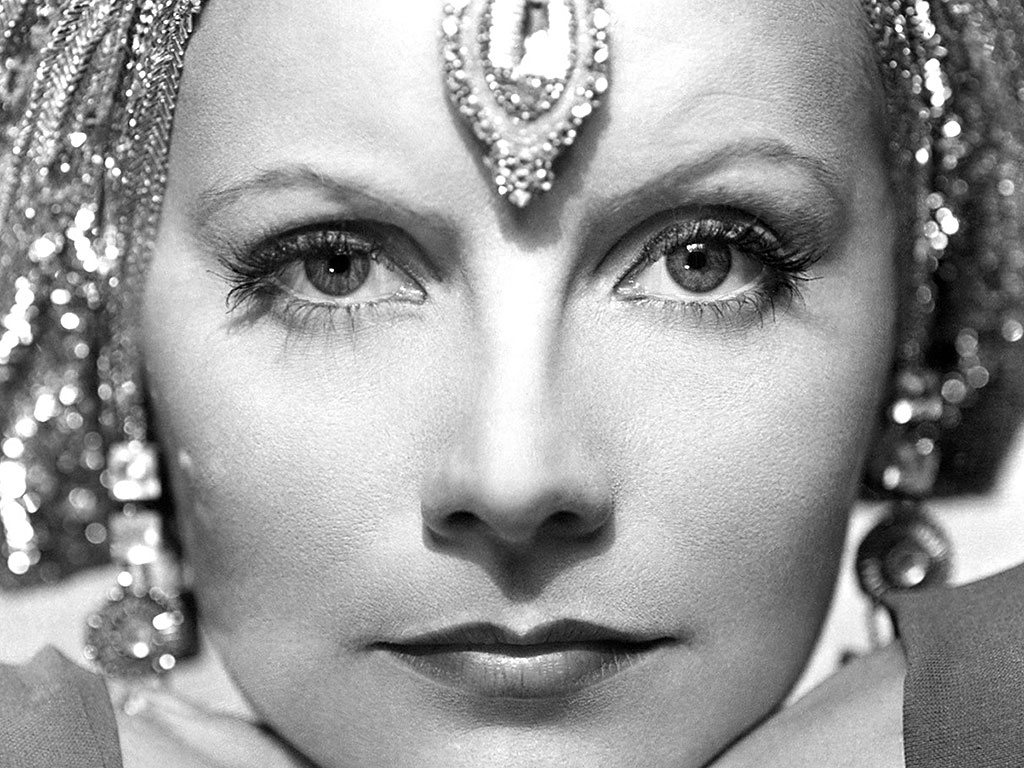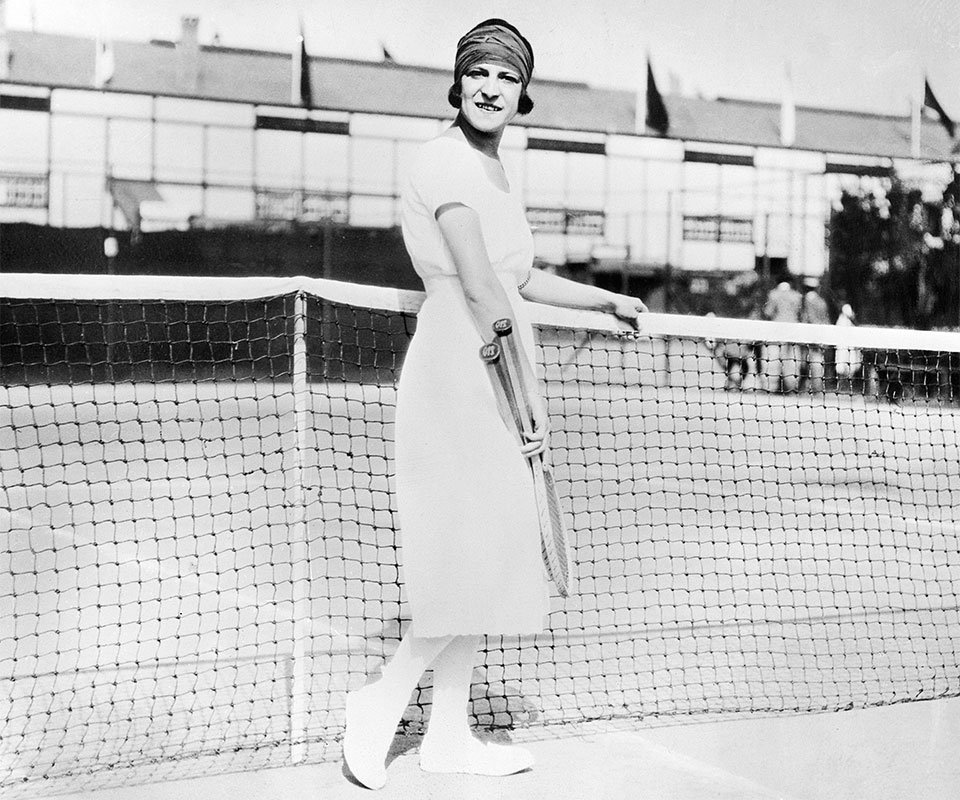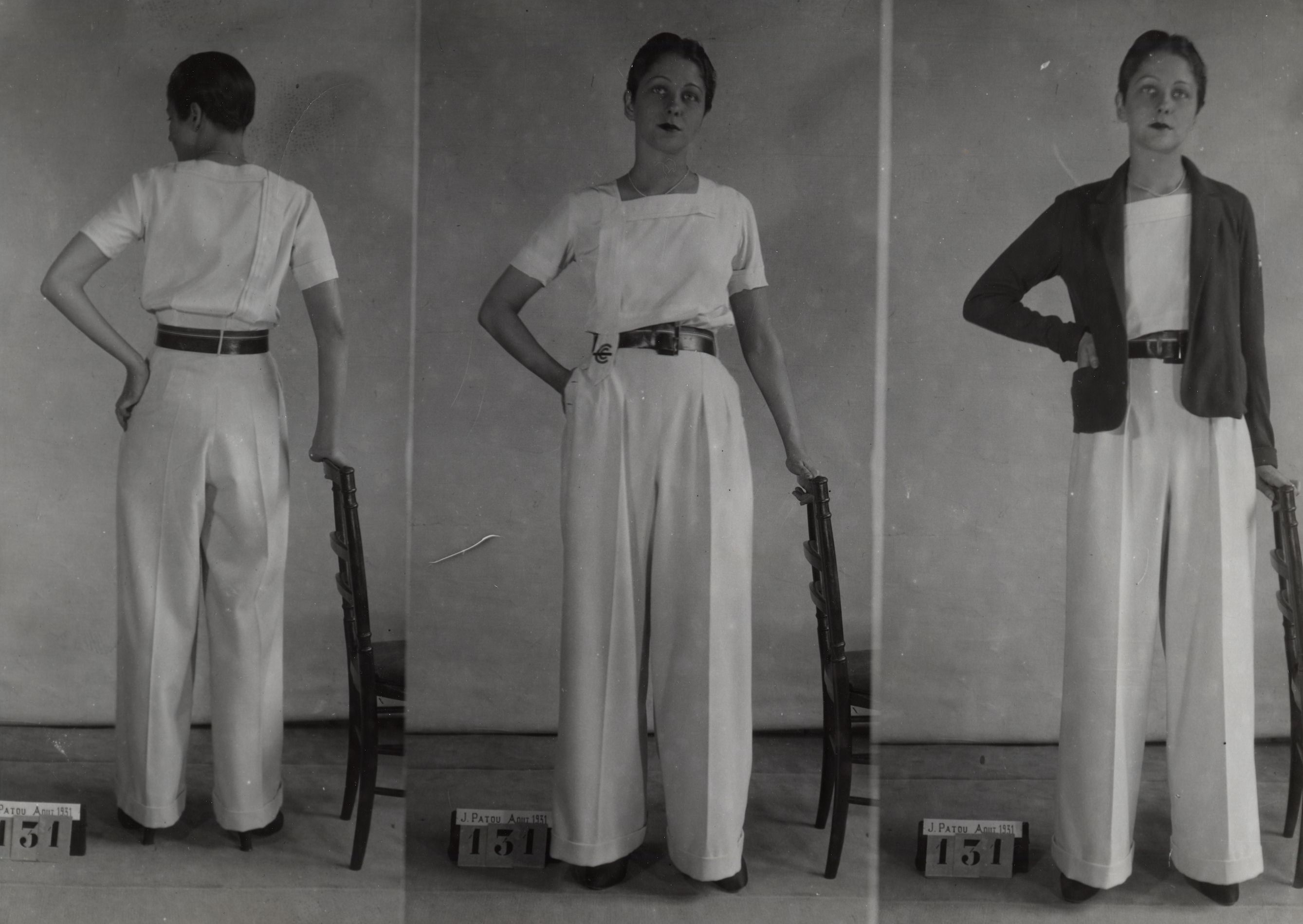Brand history: Jean Patou

The founder of the famous fashion house created the most expensive perfumes of 1920-30s – ‘Joy’ as in one flask there is a smell of three hundred roses and ten thousand of flowers of jasmine are concentrated. Even the simplest things were transformed into the pieces of art by the designer; at least, his famous sweaters similar to the pictures of cubists cost a lot! Photo blogspot.com
Photo blogspot.com
Fashion, war, Paris
The life of designer had not been always similar to the holiday. The person originated from the rich family did not want to follow the business of his parents, particularly, leather covers for the book, and preferred becoming journeyman in fur atelier of his relative. For five years of study of the subtleties of the dressmaking Jean Patou started his own business as in 1912 in one of Paris districts there was a small atelier with pretentious name ‘Maison Parry’ where the furry crafts and dresses are sold. One year and a half is spent for promotion before the fashion house takes the first large order. It seems, that time Jean Patou got into stride, and nothing could interrupt the further development, search for clients and creation of interesting lines of clothes. However, the war started.
Jean Patou perceived the First World war in a painful manner and could not observe the human sorrow from outside. In the first months of world tragedy he made a decision to go as volunteer at the front and came over the military difficulties as the captain of French army. Living out the terror and horror, Jean Patou returned home where he was waiting for the pleasant surprise. In his absence the fashion house was taken over by his sister Madlen and her husband Raymon Barbas that is why, upon his return, Jean Patou did not have to start the business from point zero. Instead, he was able to promote new ideas. When they were enough to make everybody in the world of fashion speak about the founder ‘Maison Parry’, the fashion house was renamed in the salon of Jean Patou that was situated at Paris Saint-Florentin Street by 1919.
Photo blogspot.com
The courage of chic, charm of impudence
1920s. Women is not considered as the supplementary thing in the luxury collection of man, the society more and more often talks about the women’s consistency and achievements. Competing with Chanel who took the fashionable niche of elegancy, Jean Patou launched the range of feminine sports clothes as well as home-made convenient cardigans and knitted swimming suits. His ideas seem a breath of fresh air as the art of Cubists reminds the designer that decisive determination to win that is now typical for women is excellently expressed by geometric strictness of figures. Art deco along with its gentle sophistication reminds that we have a winner in front of us who should be related to the gentle sex.
Jean Patou talks about ‘fashionable’ philosophy in such a way: ‘The modern woman leads an active lifestyle that is why a creator should costume her in an appropriate manner, simple but at the same way emphasizing her femininity and charm’. Her clothes ‘played’ with female desires not restraining the owner of clothes either in movement or in self-expression but simultaneously reconciling people with the after-war world.
In 1921 Suzanne Rachel Flore Lenglen, French tennis player and Olympic champion, demonstrated the clothes from Jean Patou to the society. She came to the competitions in white dress that hardly covered knees while her shoulders were closed with knitted cardigan. The outfit immediately caused the boisterous discussion because of its lack of triviality. In future Lenglen wore comfortable and practical clothes from Jean Patou at tennis court as well as outside that. Now the attention of celebrities was grabbed to the sports clothes and Patou got the order to create the whole wardrobe for Ruth Elder, the first woman-pilot who made an attempt to cross Atlantic ocean. Photo theredlist.com
Photo theredlist.com
…Jean Patou once experienced fame, the famous people wanted to have this brand in their collection even if their activity is not connected with the sports. In several years the range of clothes Patou became acceptable for lesser mortals. Jean Patou told that he perceived the success of fashionable ideas as the eternal necessity to balance on the edge between the immersion in the living fight (as it happens in sports) and ability to observe what had happened (what is typical for the spectators of competitions). This philosophy excellently settled down in America where Jean Patou searched for target audience understanding that in France the superiority still belonged to Chanel. Nevertheless, in Paris Patou quite successfully launched the boutique Le Coindes Sports where each hall was dedicated to exact kind of sports. Here one can choose the riding clothes as well as suits for tennis, golf, yacht, and even for fishing. Afterwards, Jean Patou had big ideas of French resort districts, and then went to New York. In America the designer organized the competition and returned to France with six designers, and the first defile had an overnight success. This step attracted the attention of Americans to fashionable brand while French people in the next time understood that in their country there was a personality with world scale.
It was not enough so as to talk about liveries of the designer. ‘Patou who in the past used to respect black color now made a choice in honor of yellow and green. Yellowish shade embedded in the depth of green color is very important because many great women relate green color with the supernatural abilities’, it was written in American press. The following color appearing in collections of the designer in 1930 balanced between grey and beige shades.
As well other gifted fashion activists, Patou was convinced that the own style is more important than fashion that is why he tackled the produced clothes with the share of simplicity and customer could with easiness add something the item bought in accordance with the whims of fantasy. It was not difficult to transform the strict dress to the romantic variant or give the festive and decorated models the classic sophistication due to the hats and scarves which Patou called ‘pigs and whistles’. Photo theredlist.com
Photo theredlist.com
Since 1925 Jean Patou did not limit himself with the clothes and produced three series of perfumes, ‘Amour-amour’ (as the verily producer told, it was intended for sensitive dark-haired women), ‘Que Sais-Je?’ (for blondes who are quick off the mark and easy-going) and, finally, Adieu Sagesse (the name advised to the red gold-haired girls to ‘say good-bye to the benevolence’). In some time Patou continued experiments and offered to the women who chose the sports lifestyle male perfume Le Sien what in translation meant ‘selfishness’.
In 1936 this man who believed that clothes should be beautiful but functional died. The colorful trends came to the new flood, however, without mastermind.
Fashion house of Jean Patou: modernity
After the death of Jean Patou the fashion house was took over by Raymon Barbas, the husband of sister of the designer. In the collections there are dark-blue coats-mantles, pink dresses with ruffs, prominent white and blue evening dresses and impressive dark green suits with the golden buttons. The new owners alternate the production of wedding dresses with the strict business clothes, invite the famous designers to collaborate among whom there are Marc Bohan, Karl Lagerfeld, Jean-Paul Gaultier, and Christian Lacroix. The line of perfumes is taken over by the grand-nephews of Jean Patou, Gi and Jan Mui.
Cover photo cmadeleinesvintage.com





















